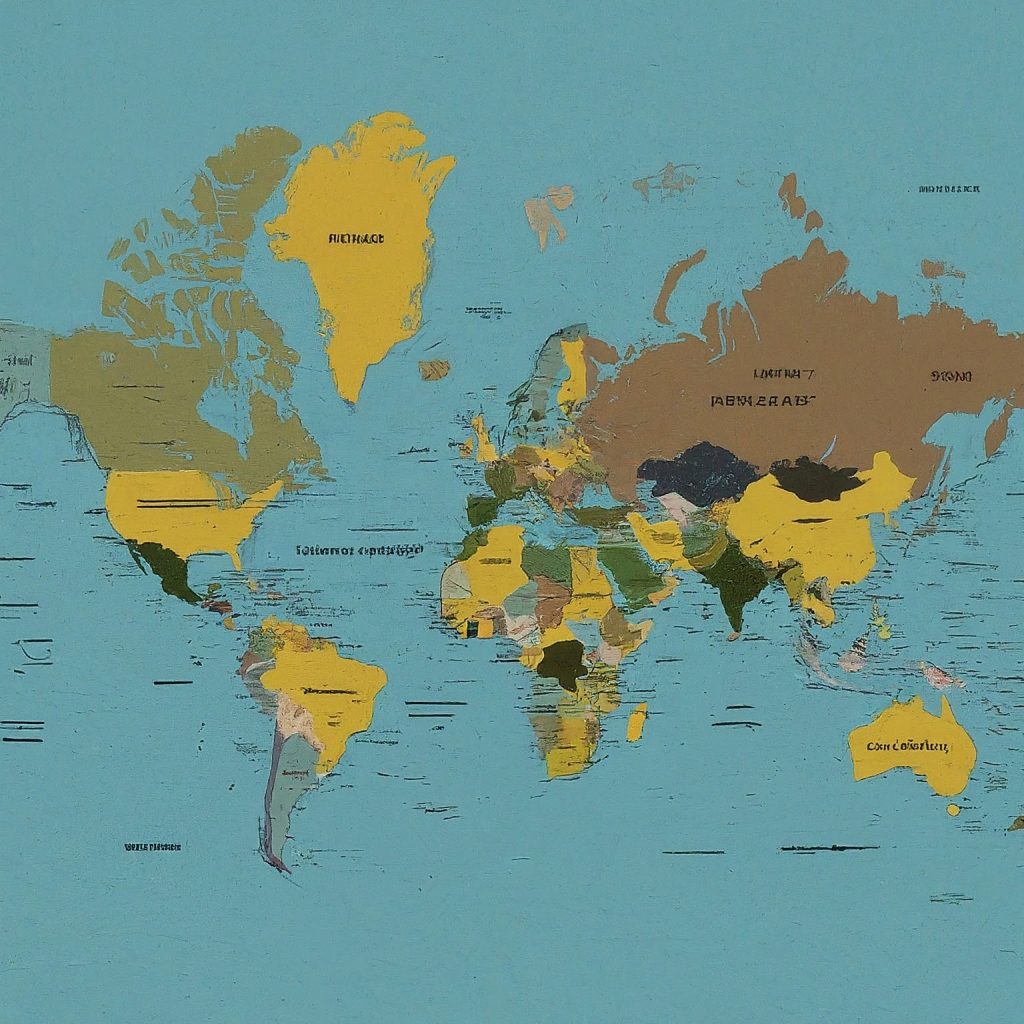Ever wondered what those numbers at the beginning of international phone numbers mean? Those are telephone code numbers, the unsung heroes that connect us across borders. In this article, we’ll delve into the fascinating world of telephone code numbers, exploring their purpose, types, and how they work their magic.

The Global Orchestra: Unifying the World with Codes
Imagine a world without telephone code numbers. Calling your friend in France would require memorizing a long, complex string of digits specific to their phone line. Thankfully, telephone code numbers act as a universal language, simplifying international calling. Each country (and sometimes regions) is assigned a unique code, eliminating confusion and streamlining communication.
A Breakdown of the System: Different Types of Codes
The world of telephone code numbers can be broadly categorized into two main types:
- Country Calling Codes (CCCs): These are the most recognizable codes, typically consisting of one to three digits. For instance, the CCC for the United States is 1, and for France, it’s 33. Dialing a CCC followed by the local phone number allows you to connect with someone in a specific country.
- Area Codes: Within some countries, especially larger ones, additional codes called area codes are used. These further specify the region or city within the country. For example, in the United States, the area code for New York City is 212. So, to call a landline in New York City, you would dial 1 (CCC for the US) followed by 212 (area code) and then the local phone number.
The Mechanics Behind the Magic: How Calls Find Their Destination
When you dial a phone number with a telephone code number, here’s the behind-the-scenes magic:
- Number Recognition: Your phone recognizes the initial digits as a code.
- Routing Activation: The code triggers your phone carrier to route the call internationally (if it’s a CCC) or to a specific region within your country (if it’s an area code).
- Network Connection: The call is then directed through a network of cables, satellites, and fiber optics to the appropriate telephone network in the destination country or region.
- Local Delivery: Finally, the call reaches the local phone network and connects you with the intended recipient.
Beyond Borders: The Future of Telephone Code Numbers
With the rise of mobile phones and internet-based calling services, the traditional use of telephone code numbers might seem outdated. However, these codes remain crucial for routing international calls and ensuring global connectivity. As technology evolves, telephone code numbers might adapt to new communication methods, but their core function of connecting people across the world will likely remain essential.
So, the next time you make an international call, take a moment to appreciate the invisible heroes – telephone code numbers – that make global communication possible.